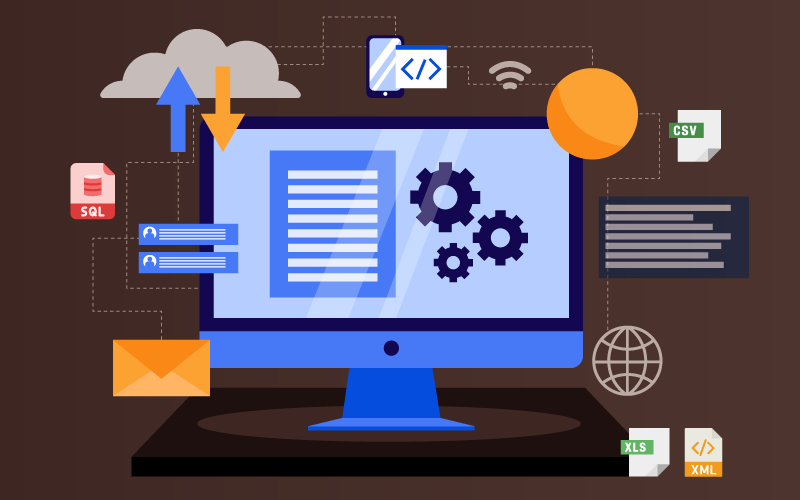Web scraping software is a powerful tool that can help businesses unlock insights from the vast amounts of data that are available online. By automating the process of data collection, web scraping tools can help businesses gather and analyze data more efficiently and gain a competitive advantage in their respective industries. However, to get the most out of web scraping, it's important to know some tips and tricks that can help you unlock insights from the data you collect. Here are 11 tips to help you get started:
Define Your Goals and Objectives
Before you start using web scraping tools, it's important to have a clear understanding of what you want to achieve. Define your goals and objectives, and use them to guide your web scraping activities. For example, if you want to gather competitive intelligence, you'll want to focus on scraping data from your competitor's websites, while if you want to track industry trends, you'll want to focus on gathering data from industry blogs and news sites.
Choose the Right Web Scraping Tools For the Job
There are many different web scraping tools available, each with its own strengths and weaknesses. Do your research to find a tool that is best suited to your needs. Consider factors such as the types of data you want to scrape, the complexity of the websites you'll be scraping, and the level of customization you need.
Identify the Right Data Sources
Once you've defined your goals and objectives and selected the right web scraping software, the next step is to identify the right data sources. Look for sources that are reliable and reputable and that contains the information you need. This might include websites, social media platforms, online directories, and more.
Set Up Your Web Scraping System Properly
To get the most out of web scraping, it's important to set it up properly. This includes configuring the software to scrape the right data sources, setting up filters to ensure you only gather the data you need and setting up a schedule for data collection.
Monitor Your Web Scraping Activities
Web scraping can be a time-consuming and resource-intensive process, and it's important to monitor your activities to ensure they are running smoothly. Keep an eye on the amount of data you're collecting, as well as the speed and performance of your software.
Clean and Validate Your Data
The data you collect from web scraping software may not be clean and accurate. It's important to clean and validate your data to ensure it's accurate and reliable. This might include removing duplicate entries, fixing formatting errors, and checking for missing or incorrect data.
Analyze Your Data
Once you've collected and cleaned your data, the next step is to analyze it. This might involve using data visualization tools to help you identify patterns and trends or using statistical analysis to uncover correlations and relationships.
Use Machine Learning
Machine learning is a powerful tool that can help you uncover insights from large amounts of data. By using machine learning algorithms to analyze your data, you can identify patterns and relationships that might be difficult or impossible to detect manually. To work with machine learning, you'll need to have a strong foundation in programming. Popular languages for machine learning include Python, R, and Java. Start by learning the basics of programming, such as data types, variables, and functions. You can find many online resources, such as Codecademy, Coursera, and Udemy, that offer programming courses.
Combine Data Sources For Deeper Insights
By combining data from multiple sources, you can gain deeper insights into your industry, competitors, and customers. This might involve integrating data from social media platforms, customer surveys, and other sources.
Use Your Insights to Drive Action
The ultimate goal of web scraping is to gain insights that can help you drive action. Use your insights to inform your marketing strategy, product development, customer service, and other aspects of your business.
In conclusion, web scraping can be a powerful tool for unlocking insights from online data. By defining your objectives, choosing the right tools, identifying relevant data sources, monitoring changes and trends, cleaning and processing data, using visualization tools, combining data sources, analyzing sentiment, automating data collection, and following legal and ethical guidelines, you can make the most of web scraping and gain valuable insights for your business or organization.










